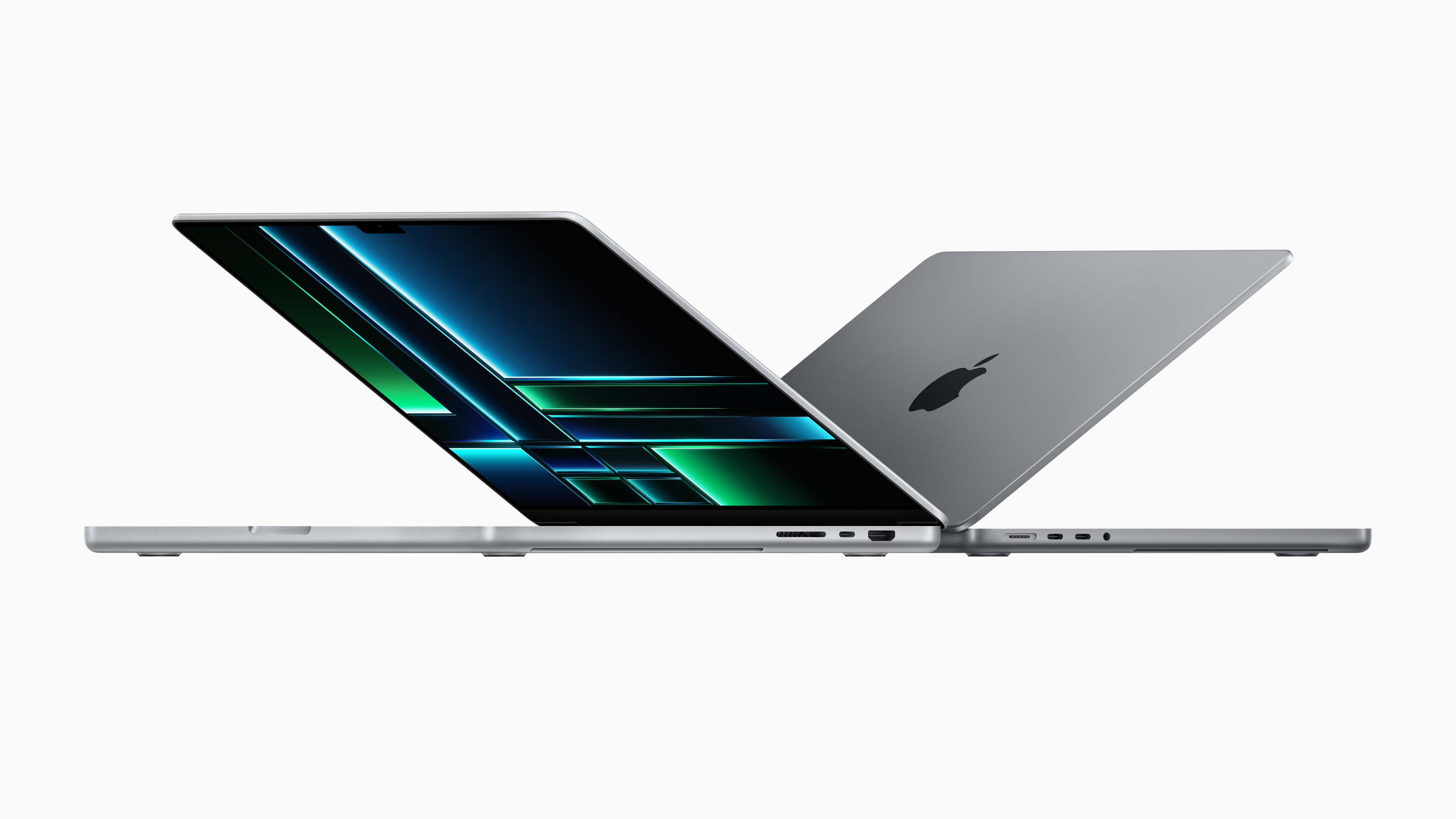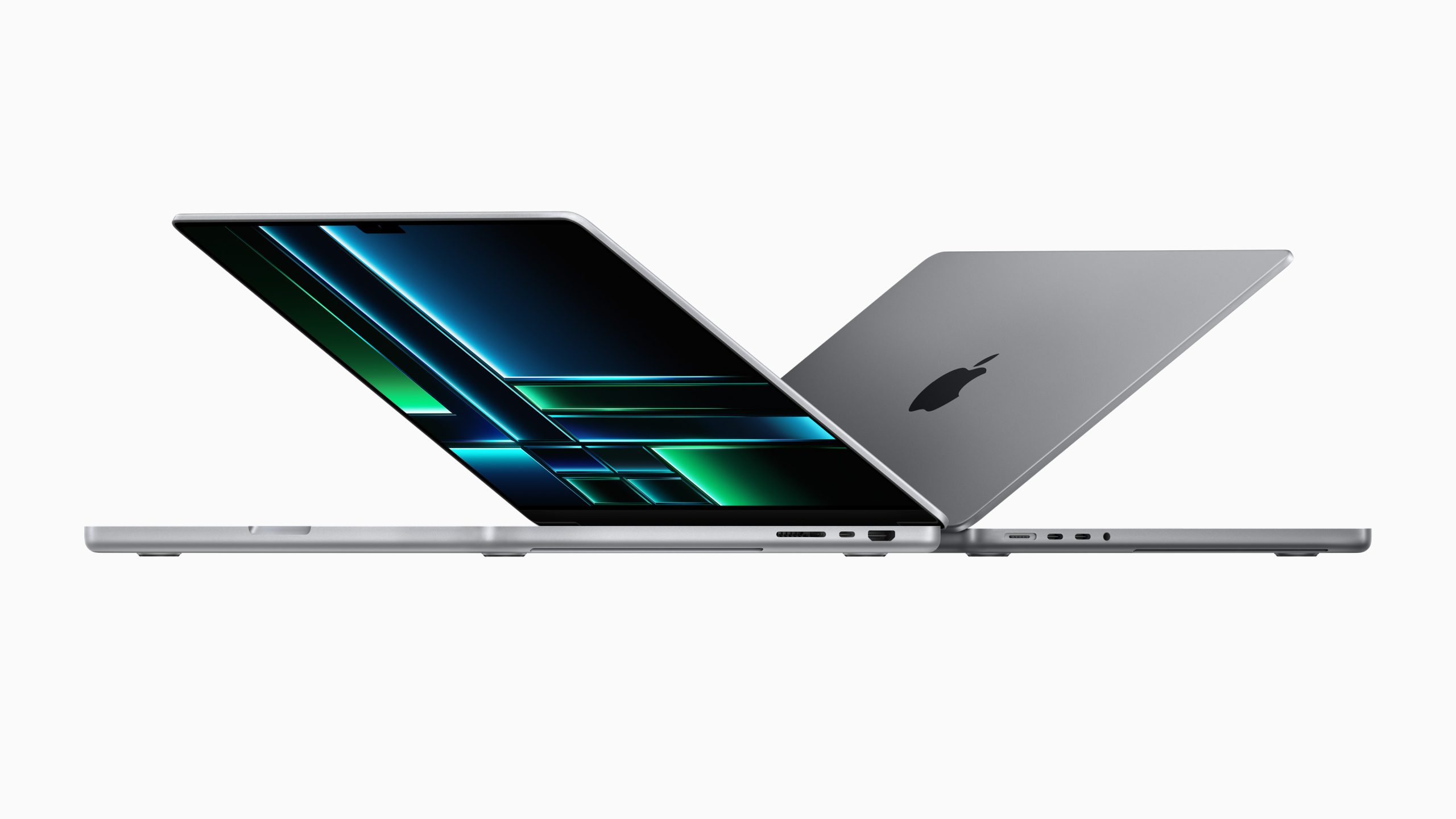
Apple M2 Pro and M2 Max Benchmark Results Show Strengths of New MacBook Pros
The first reviews of Apple’s refreshed MacBook Pro and Mac Mini are here, and, with them, we’re getting to see impressions of Apple’s new M2 Pro and M2 Max processors. The design of the machines are effectively the same (minus some port changes on the Mac Mini), so the big changes are all in the silicon.
While we still hope to get our hands on the new processors to run them through their paces, we’re pouring over the existing results to see what reviewers think of the new chips. We’re particularly interested in two things: performance and battery life. That’s not to say the new system’s designs aren’t important — I own an M1 Pro MacBook Pro and like it very much, minus the notch — but we’re focusing on what’s been changed and improved.
The general consensus seems to be that the new chips bring some solid performance upgrades, especially for those looking to upgrade from older Intel-based systems.
The M2 Pro can be found in all three of Apple’s new computers: the Mac Mini, 14-inch and 16-inch MacBook Pros. The base model has a 10-core CPU and 16-core GPU, but most of the reviews out there have a step up: the full 12-core CPU and 19-core GPU. The 16-core neural engine is the same across both chips. Some reviewers saw the M2 Pro in the laptop, while others saw it in the Mac Mini.
The M2 Max is only in the laptops: the 14 and 16-inch MacBook Pros. It starts with a 12-core CPU and 30-core GPU, and the upgrade nets you a 38-core GPU. Both have a 16-core neural engine.
We’ve collated some scores from our sister sites Laptop Mag and Tom’s Guide, as well as some of our prior review data on the 2021 models.
| Geekbench 5 Single-core | Geekbench 5 Multi-core | Handbrake | Battery Life | Rise of the Tomb Raider | |
|---|---|---|---|---|---|
| MacBook Pro 14-inch, M2 Pro (12-core CPU, 19-core GPU, 32GB RAM, 2TB SSD) | 1,941 | 14,965 | 4:03 | 14:02 | 48.6 fps |
| MacBook Pro 14-inch M2 Max (12-core CPU, 38-core GPU, 64GB RAM, 2TB of SSD) | 1,925 | 14,939 | 4:06 | 12:51 | 73 fps |
| MacBook Pro 16-inch, M1 Max (10-core CPU, 32-core GPU, 64GB RAM, 2TB SSD) | 1,781 | 12,683 | 4:48 | 15:31 | 73 fps |
| MacBook Pro 14-inch, M1 Pro, (8-core CPU, 14-core GPU, 16GB RAM, 512GB SSD) | 1,768 | 12,477 | 4:51 | 14:08 | 24.9 fps |
The performance scores those sites have published are fascinating. The two CPUs both have 12 cores, but the M2 Pro has 32GB of RAM and the M2 Max has 64GB. The other big difference is the GPU: The M2 Pro has a 19-core GPU, while the M2 Max has a 38-core GPU.
I was initially surprised to see that these chips produced the scores they did in Geekbench 5, with the M2 Pro slightly ahead of the M2 Max. My thoughts are that these scores are pretty close, and Apple should be using the same CPU cores here. While the M2 Max’s 64GB of RAM should be helping a bit, these may be within standard error. It’s also possible that, because the M2 Max has so much going on on the chip, it may have been hampered slightly in multi-core when those GPU cores weren’t being used. We’re hoping to get our hands on the hardware soon to see what we can learn about it.
On battery life, it appears the M2 Pro-based machine is on par with the 2021 model, while the M2 Max machine took a surprising dive. Of course, battery life is going to depend on what you’re doing with the device.
In Rise of the Tomb Raider, the Max shows its might with the highest frame rate at 1920 x 1200. Keep in mind that this is an older game, and not one designed for Apple Silicon or Metal. The M2 Max is also playable at 2024 x 1964 at 34 fps.
Other New Features
As an M1 Pro owner, the most appealing features are the upgraded Wi-Fi and HDMI standards. The M2 chips bump up these laptops to Wi-Fi 6E, HDMI 2.1, and Bluetooth 5.3. Will I use these all? Probably not, but I love to future-proof (and I do have a Wi-Fi 6E router).
HDMI 2.1 means you can even push 8K monitors at 60 Hz, which is overkill for most but may fit some creative workflows. For most people, the benefit is that you can get 4K at more than 60 fps. Apple claims you can reach 240 Hz, but you may have a hard time finding a monitor that actually supports that.
We hope to get our hands on these laptops soon to see for ourselves, but initial impressions are good. It sounds like Apple’s second round of pro-grade Apple Silicon can hang with other high-end chips. If the new MacBooks have the same great displays, keyboards, and speakers, these will be great for Mac users willing to cough up the cash (and deal with the notch).

